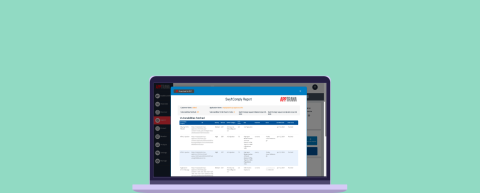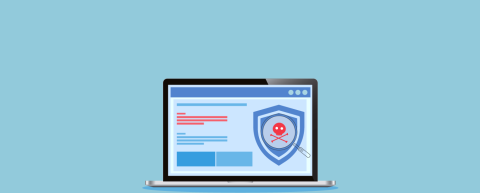Zero-day Vulnerability - Examples, Detection & Prevention [+ Monthly 0-day Reports]
Unknown threats are the real risk. One such example is, Zero-day vulnerability, having been used in real-time attacks but not yet disclosed by the software vendor. In 2023 alone, 3324 zero-day vulnerabilities were identified in websites protected by AppTrana WAAP, highlighting the urgency of understanding and addressing these risks. This blog delves into the essence of zero-day vulnerabilities, exploring how they operate and crucial best practices to defend against potential exploitation.











